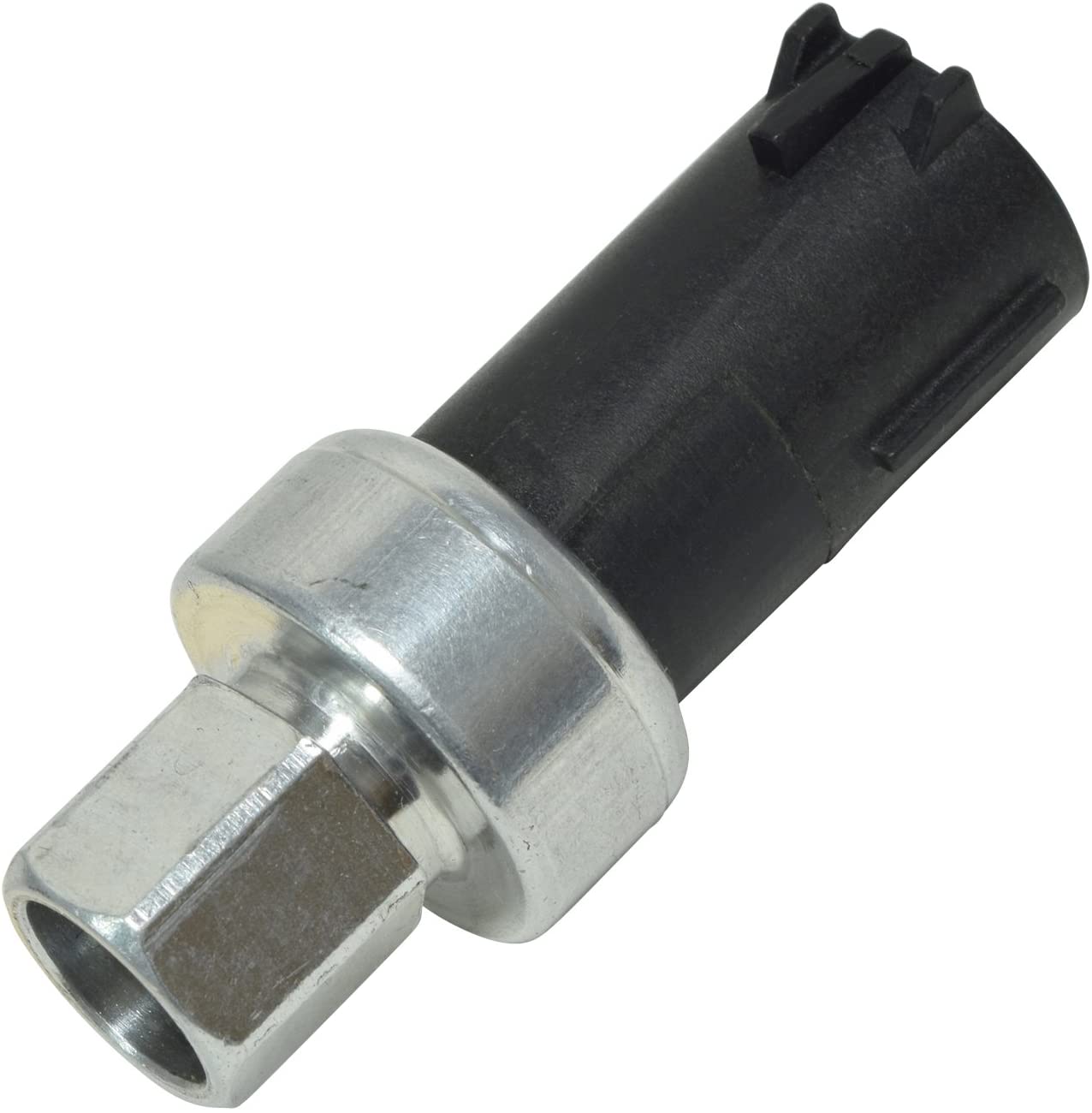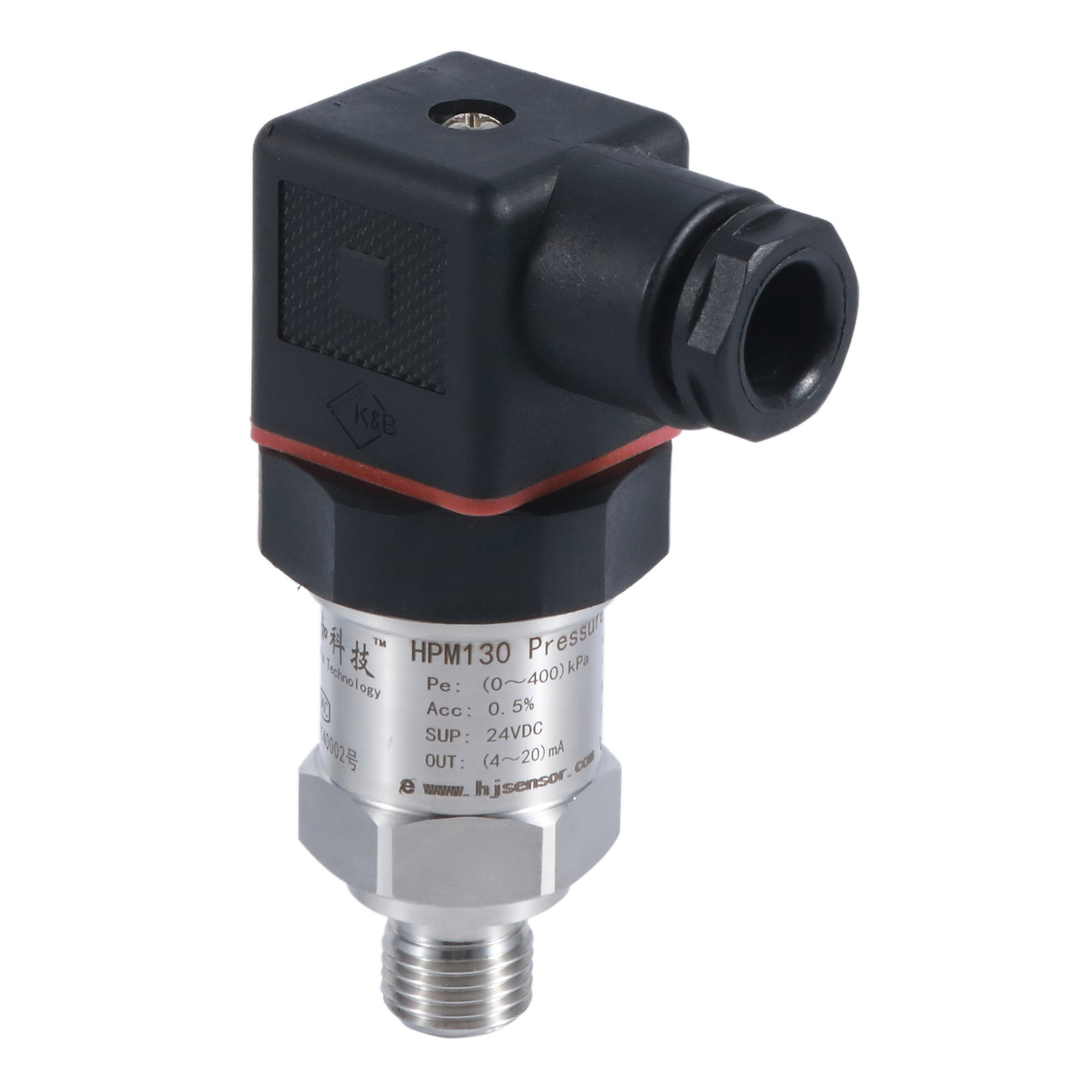Using Pressure Transducer For Air Conditioning For Heat Minimization
Pressure Transducer for Air Conditioning: An Important Component of the Air Conditioner
A pressure transducer for air conditioning plays a vital role in protecting your air conditioner. It also helps control other system variables. And when working with other sensors, a pressure transmitter can also significantly increase the efficiency of your air conditioning unit.
What is A Pressure Transducer for Air Conditioning?
A pressure transducer for air conditioning is an integral component of the air conditioner control system. The pressure transducer measures the pressure of the refrigerant circulating in the air conditioner coils and sends the reading to the controller.
You May Also Read: Effective Calibration Steps for Pressure Transmitter for Sewage Treatment
The controller knows that the pressure should not increase or decrease beyond a specific limit. When it receives pressure readings from the transducer and sees that the temperature has exceeded or receded the setpoint, it takes necessary action.

Types of Pressure Transducer
There are two types of pressure transducers for air conditioning in a typical air conditioning system. These are:
- High-Pressure transducer
- Low-Pressure transducer
An air conditioning system has two sides, a high-pressure side and a low-pressure side. The compressor outlet to the condenser coils encompasses the high-pressure side. In contrast, the evaporator coil to the compressor inlet comes under the low-pressure side.
High Pressure Transducer for Air Conditioning
A high-pressure transducer for air conditioning performs its duties on the high-pressure side of the air conditioner. It has a specific upper limit of pressure fed into it and will signal the control panel to shut the compressor down if the pressure exceeds this limit.
High pressure can be fatal for the compressor, and if the pressure transducer fails to shut the compressor down, the compressor can burst.
Therefore, a high-pressure transducer is imperative to ensure the safety and durability of not only the compressor but the entire air conditioning unit.
Low Pressure Transducer for Air Conditioning
As you might already have gathered from its name, a low-pressure transducer for air conditioning works in the low-pressure line in the air conditioning unit.
Compressors operate on a specific pressure range. When the pressure drops below the compressor's minimum operating pressure, the compressor can burn-out due to overwork.
Therefore, a pressure transducer works at the compressor inlet. This pressure transducer reads the pressure of refrigerant coming from the evaporator, and if the pressure falls below its setpoint, the transducer signals the controller to shut the compressor off.
Thus, a low pressure does not let the compressor operate on potentially fatal low pressure and saves it from dying.
Why is A Pressure Transducer for Air Conditioning Important?
A pressure transducer for air conditioning is crucial to the air conditioner's refrigeration cycle due to multiple reasons. Below, we discuss some of these reasons.
Makes the Air conditioning Process More Efficient
Gone are the days when an air conditioner's only purpose was to cool a room or space. Today, the air conditioners are responsible for much more than just 'conditioning the air.'
Modern-day air conditioners must be more efficient in power consumption to save electricity and play their part in saving our planet.
Air conditioners take help from pressure transducers for air conditioning and other sensors to become more efficient in their performance.
Air conditioning experts incorporate more and more sensors into the air conditioning systems to tightly control the refrigeration cycle.
Smart pressure transducers help the compressors operate optimally. An optimal working compressor shuts off when the room attains the right temperature. And turn back on when the temperature drops below a certain point. In this way, the compressor is not working continually. Thus, it consumes less electricity and saves power.
Thus, a pressure transducer makes the air conditioning cycle efficient by minimizing any potential energy losses.
Pressure Transducer for Air Conditioning Minimize Superheat
Superheat is the heat that raises the temperature of the refrigerant beyond its boiling point. It is the extra heat that the refrigerant has absorbed above the heat limit, which boils it.
Superheat is critical to ensure the efficiency of the air conditioning system and the safety of a compressor.
Pressure transducers positioned at the evaporator outlet and compressor inlet are an efficient way of controlling superheat.
These pressure transducers work together with temperature sensors and increase the refrigerant flowrate when the unit needs to remove more significant heat and decrease the flowrate when lesser heat removal is required.
In this way, the refrigerant does not absorb heat beyond its boiling temperature, and thus the compressor does not have to tackle excessive heat.
Pressure Transducers Regulate the Flow of Refrigerant
Pressure transducers for air conditioning also monitor the flow of refrigerant through the expansion valve. They work to regulate the flow rate of refrigerant through the air conditioning piping and equipment and contribute to the system's adequate performance.
Protect the Compressor
Protecting the compressor is the one job that a pressure transducer for air conditioning is most famous for doing.
Too high pressure can cause the compressor to burst. And high temperature also results in high pressure, which can also damage the compressor. While too low pressure can cause the refrigerant to slug in the compressor. And the compressor will have to put in extra effort to compress a very low-pressure refrigerant.
The pressure transducer does not let the compressor work on lower than or higher than its pressure range. Whenever the pressure transducers detect a dangerously high or low refrigerant pressure, it signals the controller that switches the compressor. This action of the transducer renders the air conditioner ineffective but saves the life of the compressor.
You can easily turn the compressor back on after you've got the problem that led to pressure drop or spikes fixed.
Critical Considerations for Pressure Transducers for Air Conditioning
Working inside an air conditioning system requires the equipment to be very tough and sturdy. The temperature of the system fluid is always fluctuating. And the pressure range that the system handles is wide.
Moreover, a pressure transducer for air conditioning has an essential job of maintaining efficient working of the air conditioner while ensuring that no fluctuations in pressure harm the compressor or other equipment.
Therefore, it is crucial to consider some critical factors when choosing a pressure transmitter for your AC unit. Some of these factors include:
Pressure Transducer Must Be Accurate
This one is a no brainer. For any system to work correctly, all its sensors must be accurate. The same goes for an air conditioning system.
If a pressure transducer for an air conditioning system does not measure and transmit pressure reading accurately, the air conditioner will malfunction. The air conditioner malfunctioning will not only reduce the performance of the AC but might also multiple your electricity bill.
Therefore, a pressure transducer for the air conditioner needs to be 100% accurate.
Pressure Transducer Must have Good Repeatability
Repeatability defines the ability of an instrument to measure the reading accurately during consecutive tests.
A pressure transducer for air conditioning must have high repeatability to contribute positively to the control system of the AC and minimize energy losses.
Compatibility with A Wide Range of Refrigerants
Different air conditioners use different refrigerants. And each refrigerant has varying physical and chemical properties. Therefore, a pressure transducer for air conditioning needs to be compatible with the most used refrigerants.
Wide Pressure Range
Pressure varies steeply in an air conditioning system. It goes from very low from the expansion valve to the evaporating coils to very high in the compressor discharge line and condenser coils.
The pressure transducer's pressure range must be wide enough to work accurately through a broad pressure range.
Chemical Resistant
Pressure transducers for air conditioning have to deal with chemical refrigerants. Therefore, pressure transducer material should be such that it does not erode by constant exposure to refrigerant or some condensation.
You May Also Read: Smart Pressure Transmitter for Vitalization System
Conclusion
A pressure transducer for air conditioning monitors and regulates the refrigerant's pressure and flow rate in an AC system.
It enhances the air conditioning system's efficiency by minimizing potential energy losses and superheat. Moreover, it works to protect the compressor from damage due to too high or too low pressure.
Therefore, it is safe to say that a pressure transducer for an air conditioning unit is its savior.
For More Information Contact Us Today!

















